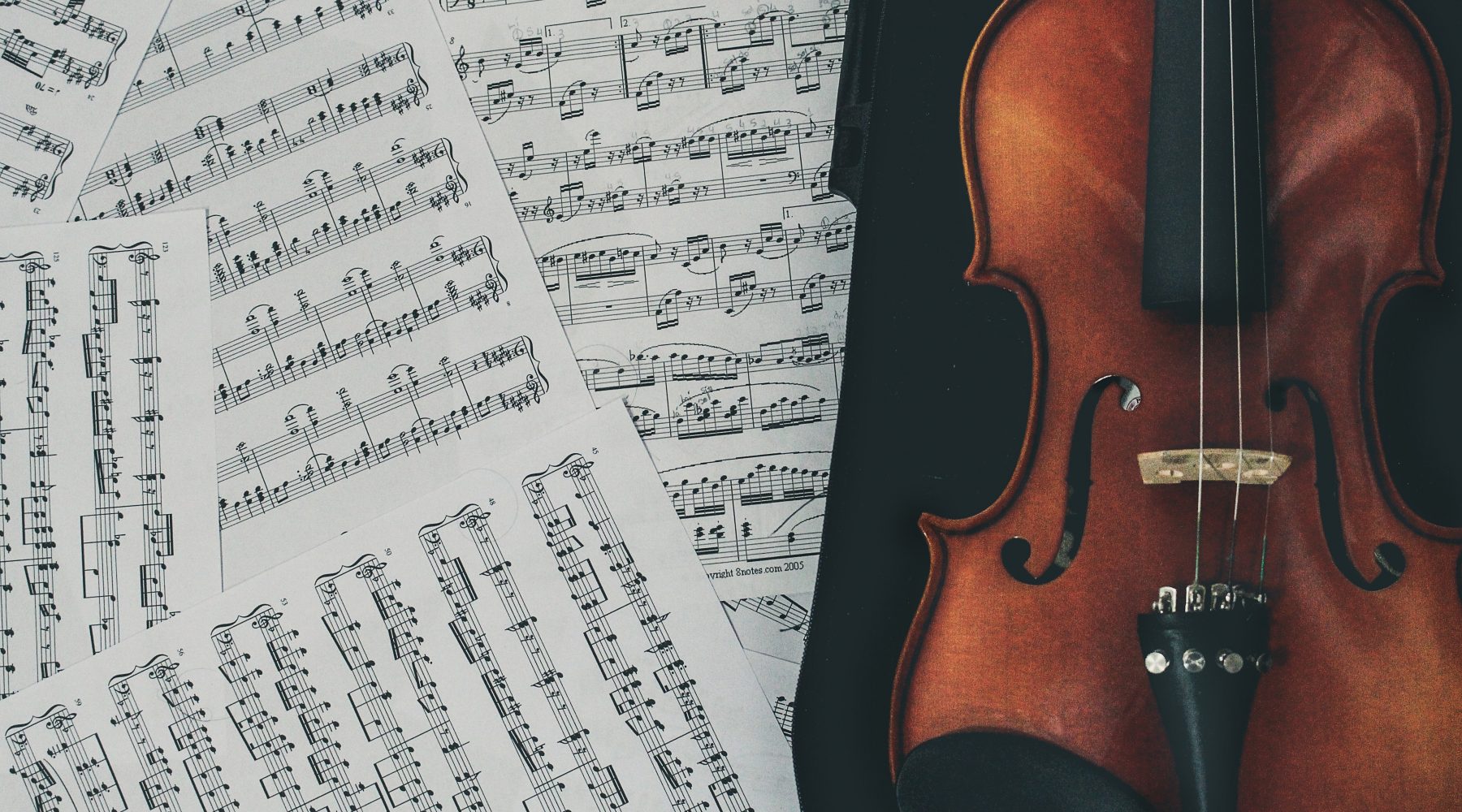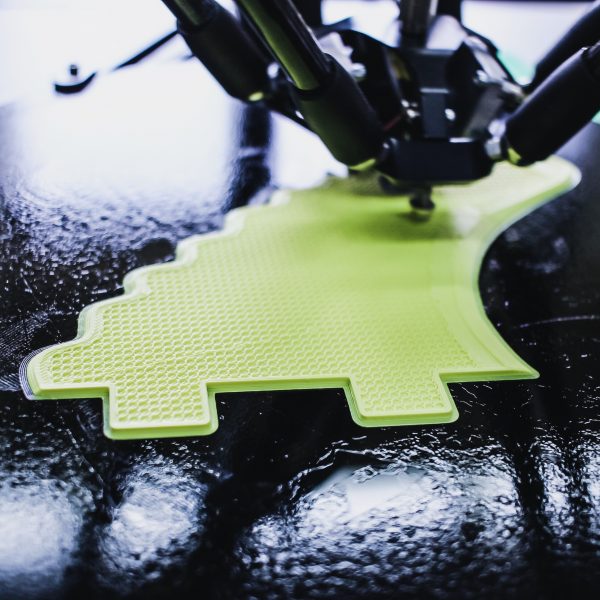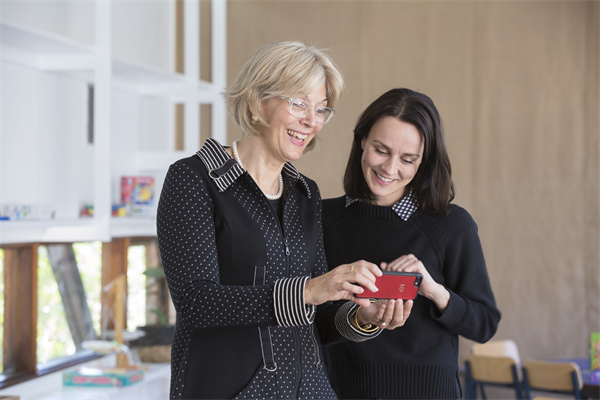3D printing in preschool music education – opportunities and challenges

Italian researchers have explored the connection between 3D printing, exploration, play and the classroom through the domain of music, finding that music gives preschoolers better spatial-temporal reasoning, along with early reading skills, whilst 3D printing makes music more affordable for many services who may have struggled to supply children with instruments in the past, as well as providing valuable opportunities for the development of science, technology, engineering and mathematics (STEM) skills.
Noting the challenges of making 3D printing accessible to preschoolers, the researchers sought to overcome the lack of required modelling skills for creating parts and prototypes by working alongside the children as knowledgeable guides, and by encouraging the children to explore and experiment.
The authors explained that it is often difficult for researchers to distinguish between exploration and play, noting “during the sensory-motor development stage, very young children need to explore first to be able then to proceed to playful behaviour, which is one of the most important activities for their development; by playing, children start to explore the world and to acquire and master new skills which can be vital for them.”
These open ended interactions, authors said, were especially important in music, where children should be allowed to explore instruments and musicality in way which encourages delight.
A variety of software programs developed precisely for preschoolers, were introduced by the researchers, allowing children to design and fabricate small items.
“3D printing offers relevant opportunities of young music learners, allowing them to build low-cost and customisable didactic objects,” stated the researchers. Children were able to design and explore instruments which produced sound through blowing, plucking and striking, as well as experiment with the way different shapes altered the pitch and tone produced.
For others wishing to explore 3D printing and music with preschoolers, the researchers suggested that providing a library of models is helpful to preschoolers—along with some designs they can begin customising.
“Simple models can also be a great way for parents and new tutors or teachers to learn about 3D design and 3D printing. Examples might include everything from sounding objects to actual instruments. There may be percussion toy instruments, miniature xylophones, marimbas, and more.” the researchers said.
“Even if a scaled model of a complex musical instrument can be hard to find, simplified 3D shapes can be easily obtained by extruding 2D contours without affecting the efficacy of the experience,” stated the researchers. “Besides, 3D-printed objects can foster an early learning of organology, i.e. the science of musical instruments and their classification, including technical aspects of how instruments produce sound.”
The research paper, 3D printing in preschool music education – opportunities and challenges, was published recently in Qwerty, Open and Interdisciplinary Journal of Technology, Culture and Education and can be viewed here.
Popular

Policy
Practice
Provider
Quality
NSW Government launches sweeping reforms to improve safety and transparency in early learning
2025-06-30 10:02:40
by Fiona Alston

Provider
Takeovers panel declines Mayfield Childcare application, refers matter to ASIC
2025-06-30 10:30:15
by Fiona Alston

Economics
Policy
Provider
Workforce
Prime Minister Albanese backs Tasmanian Labor’s childcare plan, highlights national early learning progress
2025-06-30 10:42:02
by Fiona Alston













